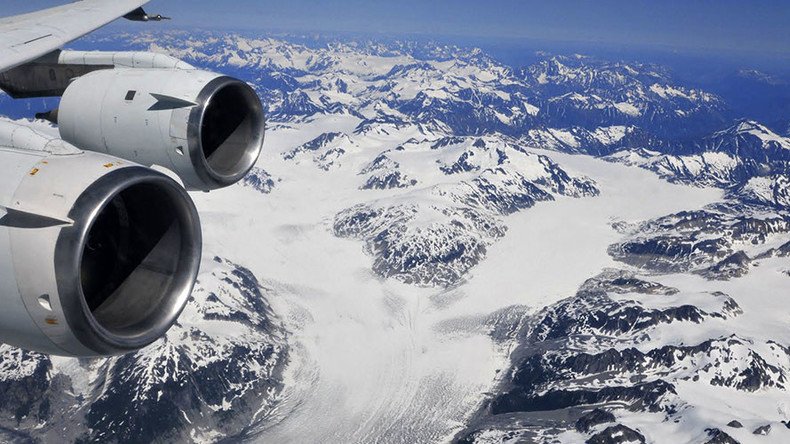Risky rescue mission braces South Pole harsh winter to save researcher's life

A rescue mission has launched to retrieve a sick US government worker from the Amundsen-Scott research station in Antarctica, a particularly risky undertaking as it is winter in the South Pole, with temperatures falling to -70 degrees (-57 C).
Using two Twin Otter aircraft, a daring government operation is underway to rescue an ill worker who lives at the pole during the winter. Normally, the Amundsen-Scott South Pole Station is inaccessible from February until mid- to late October, the Guardian reported. This is when Antarctica is in a state of perpetual darkness.
Only 48 workers live at the polar base through the winter, NPR reported. Although they normally make do with supplies that are gathered ahead of the winter months, which come with wind chills of -101 degrees (-73C), a medical situation arose that required the sudden rescue.
Dramatic Coast Guard rescue saves three from violent waters [VIDEO] https://t.co/zKbNRBIy78pic.twitter.com/kpIl9A4Ntb
— RT America (@RT_America) February 23, 2016
While the National Science Foundation (NSF), the organization in charge of the station, cannot elaborate on the illness or condition of the worker, they have said that the worker requires care at a hospital.
The Twin Otter aircrafts are the only planes that are capable of flying in severe sub-zero conditions. They left from Calgary, Canada, last Tuesday, arriving at the British Antarctic Station near the southernmost tip of South America.
This leaves a 10-hour journey to cover 1,500 miles (2,414 km) before the planes will reach the Amundsen-Scott South Pole Station.
“[Antarctica] is a landmass the size of the US and Mexico combined, so there is a distance issue,” Peter West, the NSF’s polar outreach program manager, told the Guardian.
This is only the most recent mid-winter rescue mission, according to the NSF. One was staged in 2001 when the base’s only physician developed pancreatitis, then another in 2003.
Antarctica gaining more ice than losing – NASA https://t.co/X8gc5gccjmpic.twitter.com/FGelIBITFR
— RT America (@RT_America) November 3, 2015












